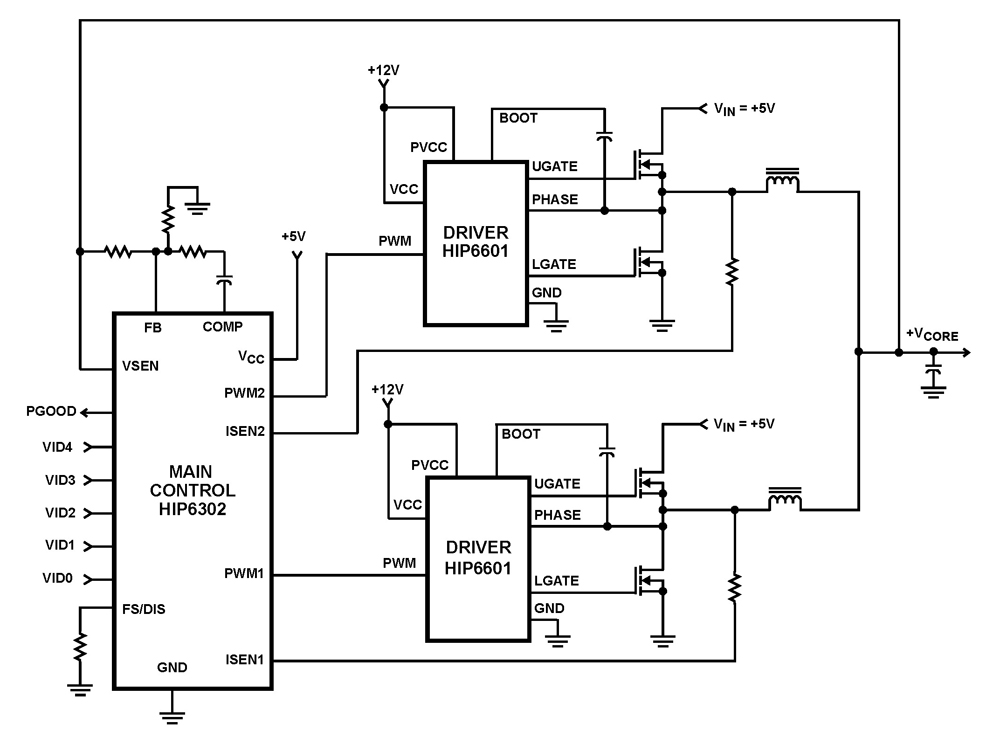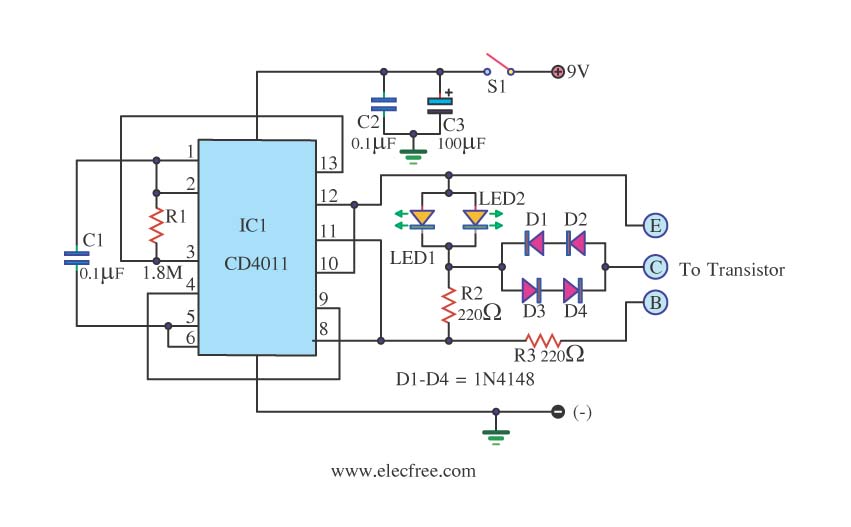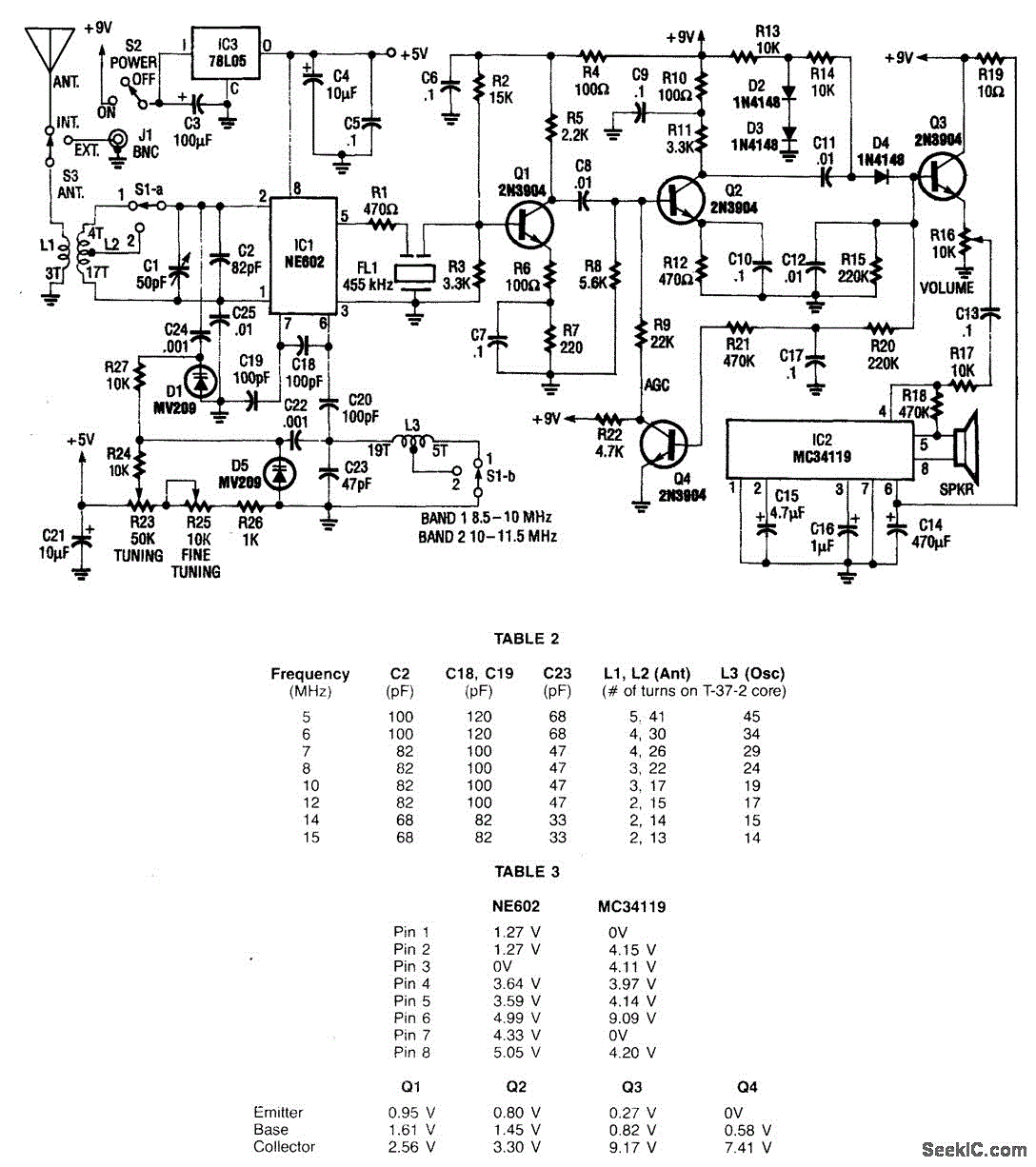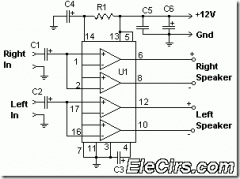
Ultrasonic Remote Control Receiver Circuit
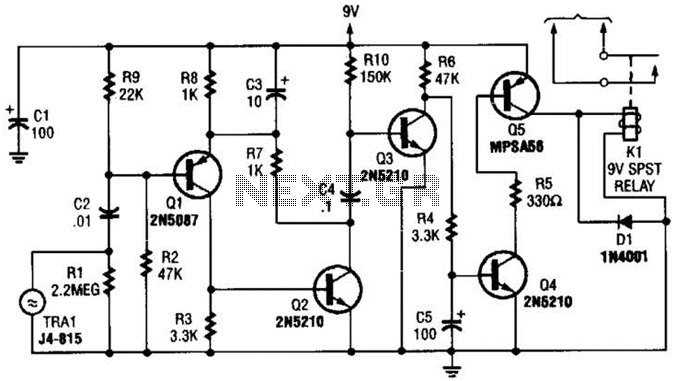
A GC Electronics P/N J4-815 transducer is utilized to receive 40-kHz acoustic remote-control signals. The receiver activates a relay to control another circuit.
The GC Electronics P/N J4-815 transducer is designed specifically for the reception of 40-kHz acoustic signals, which are commonly used in remote control applications. This transducer operates by converting sound waves at the specified frequency into electrical signals, enabling it to detect commands sent from a remote transmitter.
The output from the transducer is processed by a receiver circuit that amplifies the incoming signals and filters out any noise or interference. Once the signal is successfully decoded, the receiver activates a relay. This relay serves as an electromechanical switch, allowing the control of a separate circuit based on the received acoustic signals.
The relay can be used to control various devices, such as motors, lights, or other electronic systems, providing a versatile solution for remote operation. Proper design considerations must be taken into account, including the relay's specifications, such as its voltage and current ratings, to ensure compatibility with the controlled circuit. Additionally, the layout of the circuit should minimize interference and optimize signal integrity for reliable operation in practical applications.
In summary, the GC Electronics P/N J4-815 transducer is a critical component in systems requiring remote control functionality, enabling efficient communication and control through acoustic signals. A GC Electronics P/N J4-815 transducer is used to receive 40-kHz acoustic remote-control signals. The receiver drives a relay for control of another circuit.
The GC Electronics P/N J4-815 transducer is designed specifically for the reception of 40-kHz acoustic signals, which are commonly used in remote control applications. This transducer operates by converting sound waves at the specified frequency into electrical signals, enabling it to detect commands sent from a remote transmitter.
The output from the transducer is processed by a receiver circuit that amplifies the incoming signals and filters out any noise or interference. Once the signal is successfully decoded, the receiver activates a relay. This relay serves as an electromechanical switch, allowing the control of a separate circuit based on the received acoustic signals.
The relay can be used to control various devices, such as motors, lights, or other electronic systems, providing a versatile solution for remote operation. Proper design considerations must be taken into account, including the relay's specifications, such as its voltage and current ratings, to ensure compatibility with the controlled circuit. Additionally, the layout of the circuit should minimize interference and optimize signal integrity for reliable operation in practical applications.
In summary, the GC Electronics P/N J4-815 transducer is a critical component in systems requiring remote control functionality, enabling efficient communication and control through acoustic signals. A GC Electronics P/N J4-815 transducer is used to receive 40-kHz acoustic remote-control signals. The receiver drives a relay for control of another circuit.
